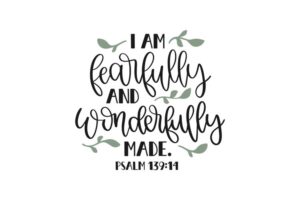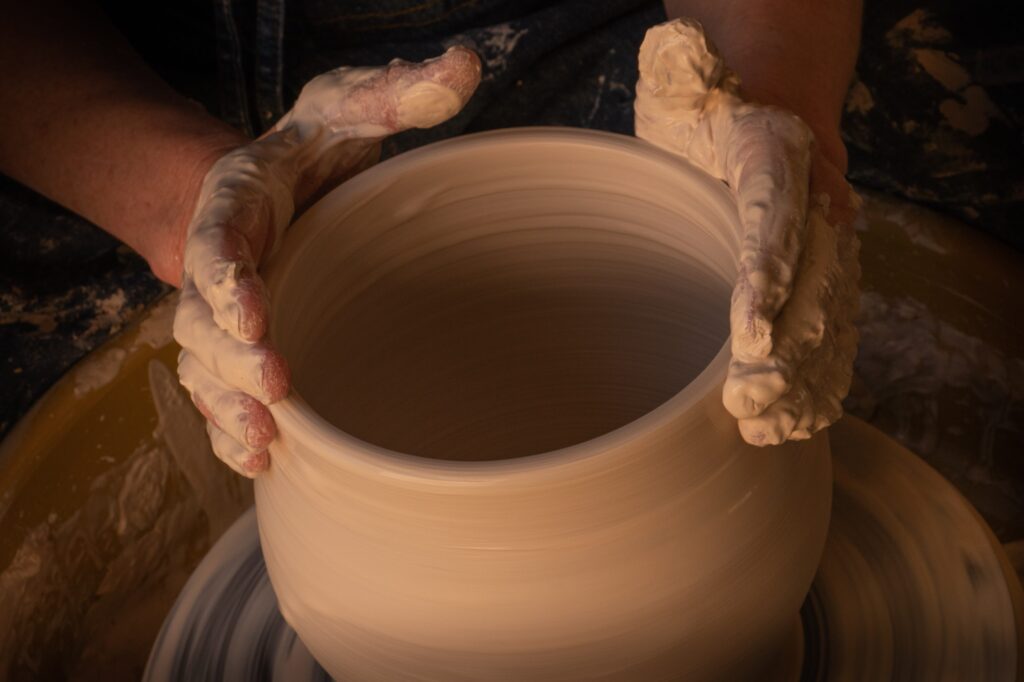But the Jar he was making did not turn out as he had hoped, so he crushed it into a lump of clay again and started over. Jeremiah 18:4
Sometimes I work for hours on a drawing and it just doesn’t look right. Frustration and doubt creep in. Should I scrap it or keep trying? I hate to throw away the work I’ve already done but I don’t want to waste more time on something that will eventually land in the trash. Decision made! The trash can has a new addition.
 No doubt we’ve all embarked on projects that ended in the trash. When I make an error while drawing with ink I can sometimes rethink that portion of the project and cover the mistake without detracting from the final result. Sometimes, however, the error is so very conspicuous that nothing can rescue the work. Ink is permanent and my only recourse is to trash the much-anticipated drawing. That always hurts but is a fact of my chosen medium.
No doubt we’ve all embarked on projects that ended in the trash. When I make an error while drawing with ink I can sometimes rethink that portion of the project and cover the mistake without detracting from the final result. Sometimes, however, the error is so very conspicuous that nothing can rescue the work. Ink is permanent and my only recourse is to trash the much-anticipated drawing. That always hurts but is a fact of my chosen medium.
Did you notice in the opening verse, the potter was unhappy with the jar he was turning so he simply crushed it, and with a little manipulation, it was a workable piece of clay again? Who knows how many times a potter crushes his or her work to start over and make something lovely or useful or if they’re very talented, both lovely and useful.
I’ve stood amazed, alongside a potter’s wheel watching as a new creation takes form. And then a subtle shift, a finger touches a weak spot in the wall of the vessel, and a would-be masterpiece slumps on its side. The patient potter collects the clay and works it in his hands until it achieves the form he wants and he begins the process again. I admire how quickly a potter recovers from a disastrous experience at the wheel. But it makes sense, they’ve only lost a little time and, hopefully, learned a lesson or two along the way. A chunk of clay is very forgiving, allowing the potter lots of second chances.
in the wall of the vessel, and a would-be masterpiece slumps on its side. The patient potter collects the clay and works it in his hands until it achieves the form he wants and he begins the process again. I admire how quickly a potter recovers from a disastrous experience at the wheel. But it makes sense, they’ve only lost a little time and, hopefully, learned a lesson or two along the way. A chunk of clay is very forgiving, allowing the potter lots of second chances.
I am not the potter, not the potter’s wheel; is not the value of the shape attained as dependent upon
the intrinsic worth of the clay as upon the wheel and the Master’s skill? Stephen King, The Stand
We, humans, are not unlike that lump of clay, supple and malleable, sculpted by the hands of the Master Potter. Think of the great value God places on you, enough that He is willing to re-sculpt you over and over again to achieve just the masterpiece He wants you to be. That’s a pretty awesome concept.
Thank you for making me so wonderfully complex! Your workmanship is marvelous—how well I know it. Psalm 139:14
There is a cherished Japanese art form called kintsugi. I won’t go into great detail about the history of the process (you can read all you want online) but essentially the Japanese word kin means golden and tsugi means to join, together they become a tool with which to beautifully mend a broken treasure. Historically, many of Japanese families’ ceramic wares are passed from generation to generation and when one is broken the family incurs a tremendous loss. Therefore they searched for centuries to find a way to repair their broken pieces of pottery and eventually produced a lacquer similar to modern clear-drying glue. Lacquer in the joints, once applied, must be thoroughly dried before a dusting of silver or gold is then added, tracing each crack and adding to the history of the piece. There is no wish to hide the imperfection but rather to celebrate the flaws as features of natural or organic beauty.
You see where this is going. We are all flawed vessels. We’re a mess of cracks and broken pieces. But the Master Creator is able to mend all those flaws, making us new again. It’s a never-ending process until that day when He welcomes us to eternity, a masterpiece created by His own hands.
But now, Lord, you are our father. We are the clay, and you are our potter. All of us are the work of your hand. Isaiah 64:8 CEB


